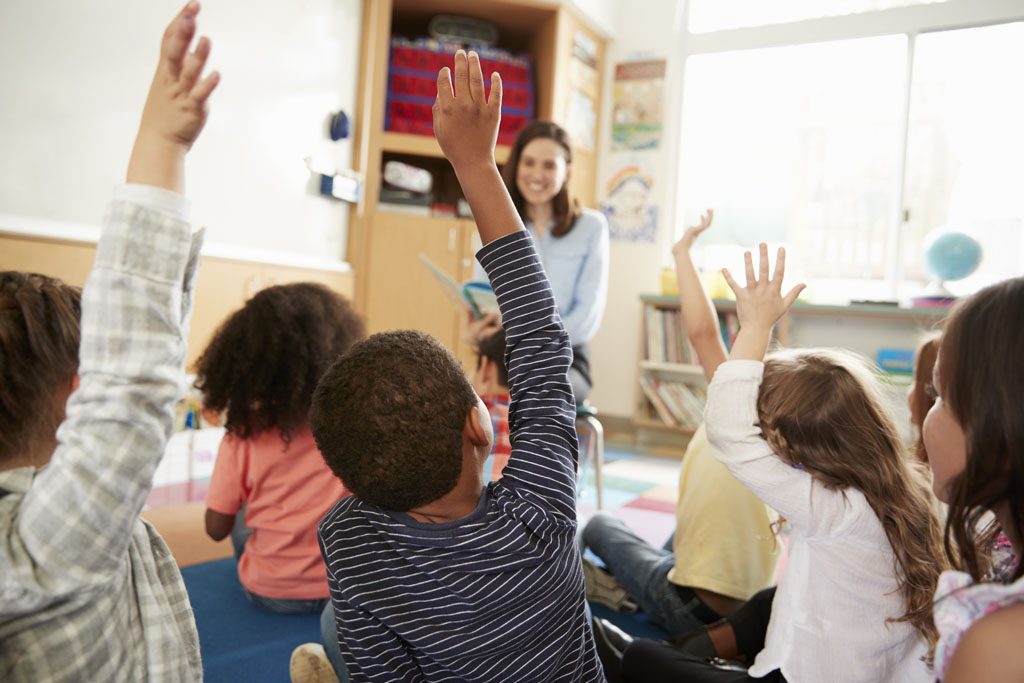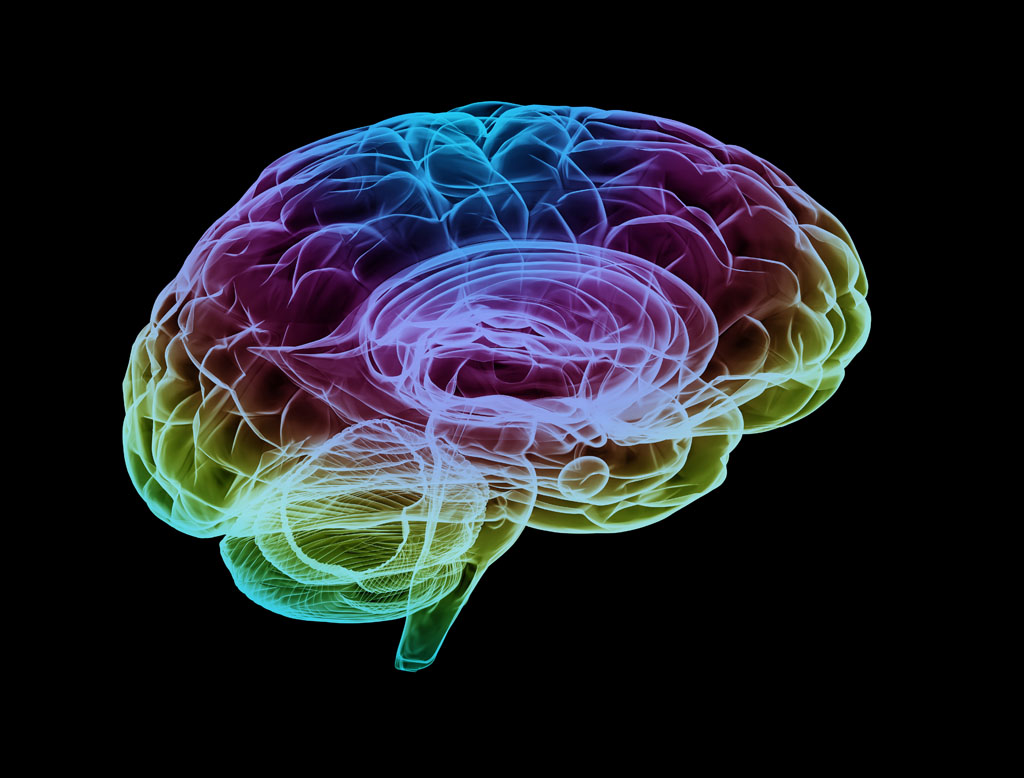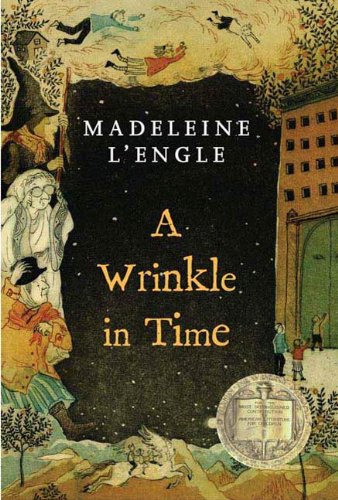
“Joyful books, for readers both young and old.”
Hello and Welcome to my Blog, Jewel Noir!
I am Dr. Kimberly A. Gordon Biddle, an Emeritus Professor from Sac State and an author of textbooks and children’s books (PB & MG). I started out with humble beginnings, being raised in poverty by a single parent mom in a rural village in Illinois. I was educated at the University of Redlands with a Double BA in Psychology and Music, where I graduated Cum Laude. Then I continued my education at Stanford University GSE, where I obtained a PhD in Child and Adolescent Development. After 30 years in the field, 28 years as a Professor, I am retired and focused on helping others with my writing. This bi‐monthly blog is one way that I am helping. I hope it is informative and helpful to those who read it.
Interview with World Renown Reading & Writing Literacy Specialist Dr. Theresa Roberts
Posted October 8th, 2020
-
Can you please give us a little short bio? (education, professional experiences, select publications, academic specialty, awards won)
Public school teacher for 5 years
BA art (UC Irvine)
PhD. (UCLA) educational psychology
Professor of Child Development, (25 years) CSUS
Senior Research Scientist (Oregon Research Institute with Institute of Education Sciences 1.5 million research grant to study how to promote young children’s alphabet learning) Patricia Vadasy collaborator
Received Outstanding Research and Scholarly Activity award- CSUS
Recognized as one of the 25 most research-productive educational psychologists 2003-2008
Research interests: early literacy (cognitive and motivation) development and classroom instruction
-
In general, why are children’s books good for the development of children?
I see four primary reasons:
Books provide world knowledge
Books strengthen language
Books provide warm and positive interactions between children, other children and adults
Book exposure creates positive orientations to language and literacy -
It seems that sometimes children do not read books as much around the ages of 13 to 15. Do you have a reason why based on research or your SAGE wisdom?
This question is outside my areas of expertise; I would suspect it may be because of how invested in social relationships they are.
-
What in your opinion is the best way to teach reading and why did you choose this method?
There are many important methods for teaching reading. The method depends upon what you are trying to teach. A general feature that effective methods share whether you are teaching reading skills or comprehension is that instruction from a qualified teacher is needed. Children need to be active verbally and cognitively during this instruction. Children need to have time to apply competencies they are learning from explicit teacher instruction to real life reading. I make these points based on scientific evidence in which reading outcomes, reading behaviors are linked to specific reading methods. These links must be established by careful and objective measurement using research methods that best allow determining the effects of the instruction. The most powerful method for doing this in random control trials. Qualitative studies provide and important source for theory development, possible linkages and deep description. They must be followed up with studies that allow more evidence that ideas for what is effective instruction do actually lead to effective learning. Here is a related publication:
Roberts, T. A., Vadasy, P. F. & Sanders, E. A. (2019). Preschool instruction in letter names and sounds: Does contextualized or decontextualized instruction matter? Reading Research Quarterly, 0(0), 1-28. doi: 10.1002/rrq.284

-
What is the best way to teach grammar and other writing mechanics and why did you choose this method?
This is an important question on which there has been much controversy, particularly for children who are learning English as a second language. For many years there was a belief that these children would acquire language by being exposed to comprehensible language input from those around them and even that they should be observing language silently at the beginning of second language acquisition. There were negative attitudes toward direct teaching of grammar (a component of both spoken and written language) and oral practice in various language structures. The most current and scientifically valid research shows that explicit instruction in language structure (grammar) and early and ongoing use of language helps to acquire first and second language “grammar”. The publications below address and explain these points:
Roberts, T. A. (2013). Opportunities and oversights within the Common Core State Standards for English Learners’ language and literacy achievement. In S. B. Neuman & L.B. Gambrell (Eds.). Quality reading instruction in the age of common core standards (pp.90-106). Newark, DE: International Reading Association.
Roberts, T. A. (2014). Not so silent after all: Examination and analysis of the silent stage in childhood second language acquisition. Early Childhood Research Quarterly, 29, 22-40. doi: 10.1016/j.ecresq.2013.09.001
Roberts, T. A. (2017). Literacy success for emergent bilinguals: Getting it right in the prek-2 classroom. New York: Teachers College Press.
-
What interventions do you suggest to caregivers and/or educators of a child who is slow developing in reading and writing skills?
The first step would be to find out what type of reading program and reading instruction the child is receiving. That instruction should be regular (daily) and include teachers providing direct instruction in foundational skills such as letter knowledge, decoding, word structure and direct instruction in comprehension skills such as vocabulary and summarizing. The second step would be to work with the child’s school and teachers to get a comprehensive and valid assessment be a properly qualified person using valid assessment measures. Reading and writing skills may develop slowly for a variety of reasons. In order for the child to receive effective intervention targeting specific areas where they are having difficulty, an accurate assessment is necessary. I would also advise that potential issues be followed up on quickly b/c earlier intervention is more effective than waiting. It is also important for children who are not yet receiving much formal reading instruction such as preschoolers to have a strong oral language development program and to have a careful lookout for oral language problems that are likely to be associated with reading problems. In preschool there is a tendency to think that children will grow out of early language and very early literacy difficulties. If in your gut you feel there is an issue, advocate and follow-up on it!
-
What is the relationship between reading and brain development?
Many areas of the brain from both sides of the brain are involved in reading and reading disability. We have learned so much more about these relationships in the last 20 years. However, there are no simple brain-based programs or brain-exercises for which there is evidence that they will work at home or in classrooms. Those possibilities are an exciting area for scientific research. We also know that learning to read actually influences brain organization. Here is an old publication that shows some of these broad relationships. More recent word has led to much more detailed and sophisticated understandings using more sensitive measures like fMRI.
Roberts, T. A., & Kraft, R. H. (1989). Developmental differences in the relationship between reading comprehension and hemispheric alpha patterns: An EEG study.
Journal of Educational Psychology, 81, 322-328-
What about cognitive development and reading?
Cognitive development and reading are related. In particular language, including speech, vocabulary, and language comprehension are particularly important. Children also need experiences to build their knowledge of the world.
-
What about socio-emotional development and reading?
We know that motivation to read, reading engagement and reading ability are related. This relationship is called a reciprocal one, because each influences the other. Here are publications in which we measured early literacy competencies and motivation/engagement relationships.
Roberts, T. A., & Sadler, C. D. (2018). Letter sound characters and imaginary narratives: Can they enhance motivation and letter sound learning? Early Childhood Research Quarterly, Special Issue/Collection Cross domain development of early academic skills, 46(1), 97-11. https://doi.org/10.1016/j.ecresq.2018.04.002
Roberts, T.A., Vadasy, P.F., & Sanders, E.A. (2018). Preschoolers’ alphabet learning: Letter name and sound instruction, cognitive processes, and English proficiency. Early Childhood Research Quarterly, 44(3), 257-274. doi:10.1016/j.ecresq.2018.04.011
-
What about language development and reading?
As stated above, when children’s language competence is strong, they are poised to learn to read and write well. In our studies we consistently find relationships between overall language and reading and specific vocabulary and reading relationships.

-
-
What is the relationship between reading and learning other academic skills and subjects?
Reading underpins academic success in all curricular areas, even mathematics. Reading ability is also related to many areas of later job success and societal participation.
-
Do you think that having a Main Character that shares your gender, ethnicity, culture, or religion can enhance motivation?
I am not an expert in this area, but I do believe that there is some evidence that such sharing may promote motivation and sense of being included.
-
Name some of your favorite children’s books that you read as a child?
-
I loved all of the Little House books, Madeline d’engle books and in general fantasy books.
-
What about books you purchased for your children?
I purchased both classic children’s books and popular books. The classic books were selected for their literary and linguistic qualities. Popular culture books were selected for the interest and shared experiences with other children they provided.
-
What about books you purchased for your grandchildren?
My grandson, Quinn, is only 2 years old, but he is read to a lot. He is given exposure to books that tell a story (narrative) as well as books that build knowledge of the world (expository) such as a book about butterflies. The art in the books is also a factor in the selection of the book.

-
Thank you so much for your time!!!
Thank you for the opportunity.
Current Blog
Archives
Posted June 1st, 2025
Posted October 12th, 2024
Posted February 11th, 2022
Posted January 17th, 2022
Posted November 17th, 2021
Posted September 2nd, 2021
Posted June 15th, 2021
Posted March 15th, 2021
Posted January 13th, 2021
Posted October 8th, 2020
Posted September 9th, 2020